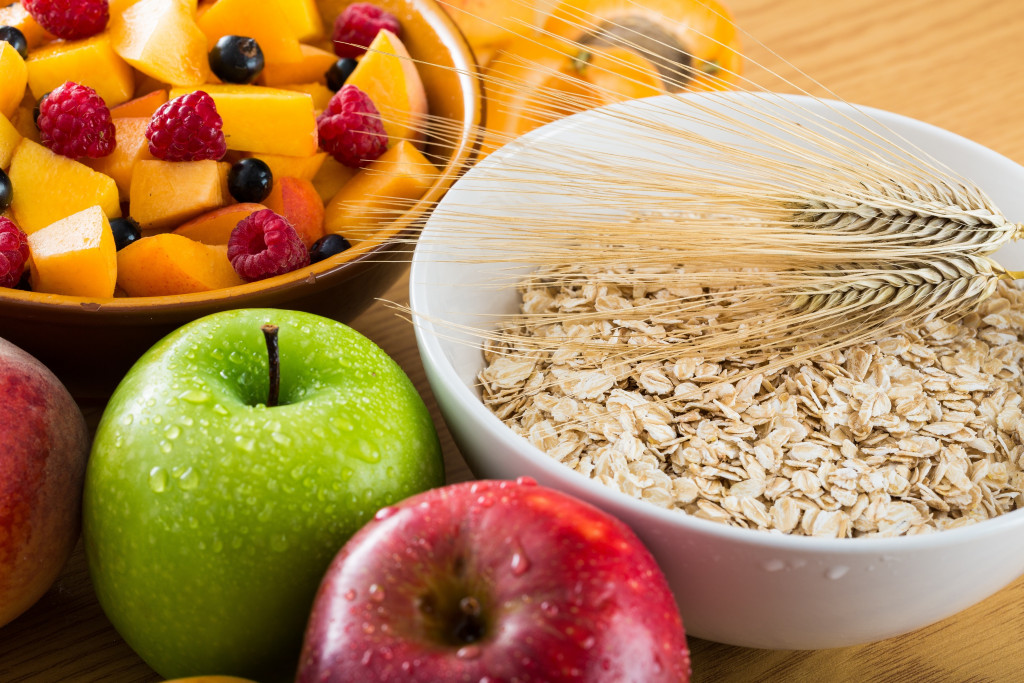You may think you know all there is to know about fats. After all, they make up a large part of the American diet. But did you know that not all fats are created equal? Some are good for you, while others can harm your health. Here’s a closer look at fats and their impact on your life.
What Are Fats?
Fats are a type of macronutrient found in many foods. They’re made up of triglycerides, molecules composed of three fatty acids. Fatty acids are essential to our health; they provide energy, help with cell growth and repair, and help absorb all sorts of vitamins.
There are four different types of fat: saturated, unsaturated, trans, and monounsaturated. Saturated fats are found in animal products like butter, cheese, and red meat. Unsaturated fats are found in plant oils like olive oil and peanut oil. Trans fats are created when manufacturers hydrogenate or solidify vegetable oils; these fats are often found in processed foods like margarine, shortening, and baked goods. Finally, monounsaturated fats are unsaturated fats that have been shown to have some health benefits; examples include avocados and nuts.
The Different Types of Fat
Not all fats are created equal. Some types of fat can be good for you, while others can be harmful. So let’s take a closer look at the different types of fat:
- Saturated Fat: Saturated fat is the fat most often demonized by health experts. This is because saturated fat has been linked to high cholesterol levels and heart disease. However, not all saturated fat is bad for you; in moderation, it can be beneficial to your health. Just be sure to limit your saturated fat intake to no more than 10% of your total caloric intake.
- Unsaturated Fat: Unsaturated fat is the type of fat that is considered healthy. This is because unsaturated fat helps to lower cholesterol levels and reduce the risk of heart disease. Unsaturated fat can be further divided into monounsaturated fat and polyunsaturated fat. Monounsaturates (found in olive oil and nuts) have been linked with various health benefits, including weight loss and reduced inflammation. Polyunsaturates (found in fish and vegetable oils) have also been linked with multiple health benefits, including reduced risk of heart disease and stroke prevention.
- Trans Fat: Trans fat is the type of fat you should avoid altogether if possible. Trans fat has been linked with an increased risk of heart disease and other health problems such as diabetes and obesity. If a food contains trans fats, it will usually say so on the nutrition label; however, keep in mind that food manufacturers are not required to list trans fats on nutrition labels if the amount is less than 0.5 grams per serving.
How to Get Rid of Fats?
Fortunately, you can do plenty of things to get rid of excess fat. Here are three expert-recommended strategies for banishing belly fat for good.

Eat More Soluble Fiber
Soluble fiber absorbs water and creates a gel that helps your digestive system. This can help you feel full longer and avoid overeating. Good sources of soluble fiber include flaxseed, shirataki noodles, Brussels sprouts, avocados, blackberries, and peas.
Fat-Freezing Procedures
If you’ve tried to lose weight using diet and exercise but haven’t had any luck, it may be time to try a fat-freezing procedure. Commonly referred to as “fat freezing,” cryolipolysis is an FDA-approved treatment that uses cold temperatures to help reduce the appearance of unwanted body fat.
There are many types of fat-freezing. However, the most effective is coolsculpting. This uses targeted cooling to freeze away stubborn fat cells without causing any damage to the skin or surrounding tissue. You can get this done in a local cool sculpting clinic near you. They can identify your best treatment plan based on your specific needs and goals. This can ensure that treatment is safe.
Limit Your Intake of Refined Carbs
Refined carbs are high in sugar and low in nutrients. They’re found in white bread, pasta, pastries, cookies, cakes, soda, and fruit juices. When you eat refined carbs, your body breaks them down into sugar quickly absorbed into your bloodstream. This spike in blood sugar can trigger insulin production, which tells your body to store fat rather than use it for energy. And when this happens over time, you may develop insulin resistance—a critical factor in the development of type 2 diabetes—and abdominal obesity.
Now that you know more about the different types of fat, it’s crucial to ensure that you’re getting enough of the good kind (unsaturated) while limiting your intake of bad kinds (saturated and trans). You should also do yourself to get rid of unwanted fats by following the tips above. By doing so, you’ll be on your way to a healthier lifestyle!

